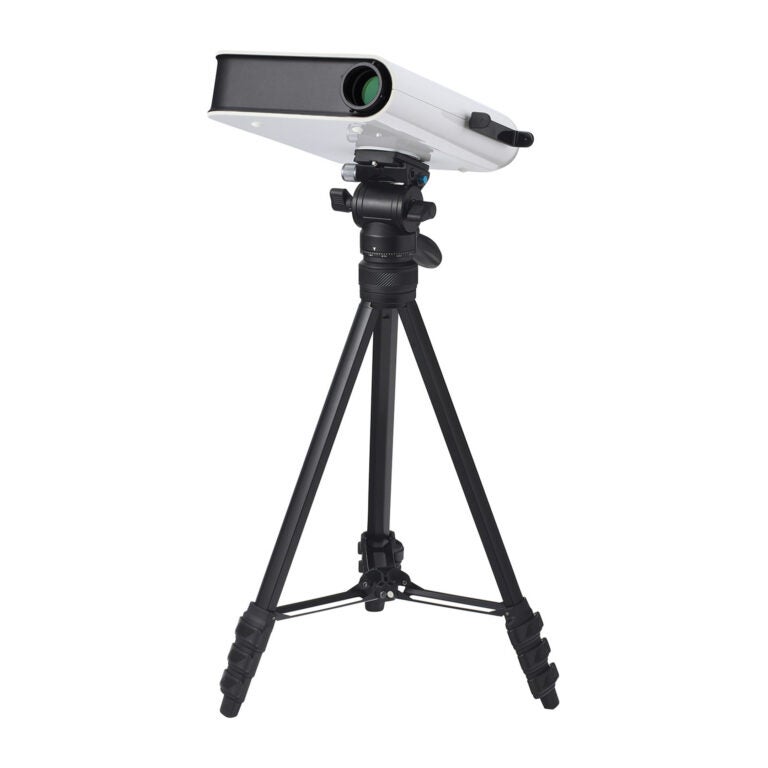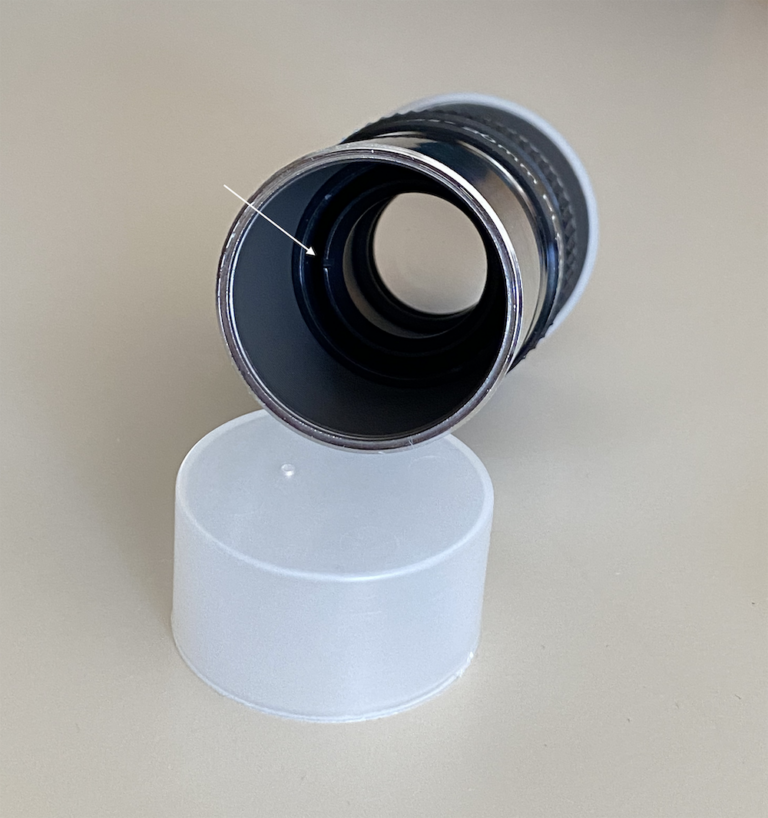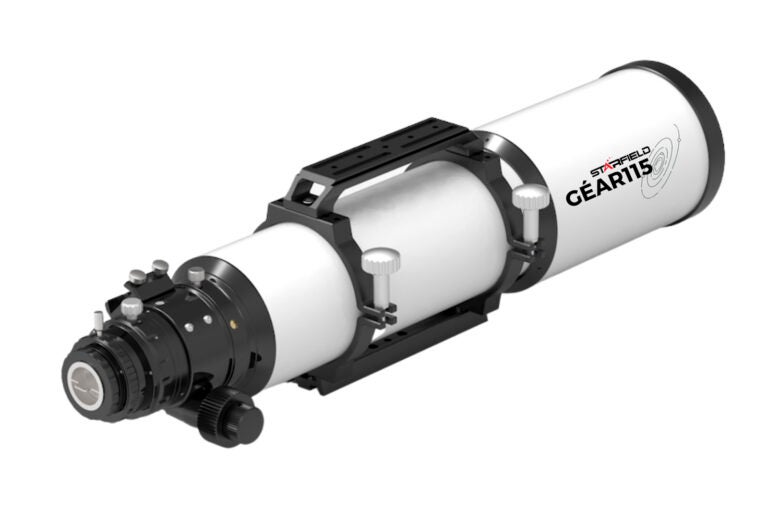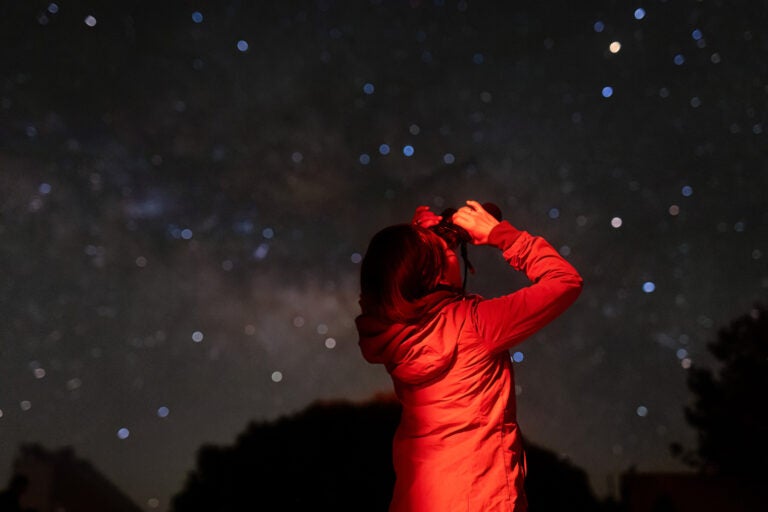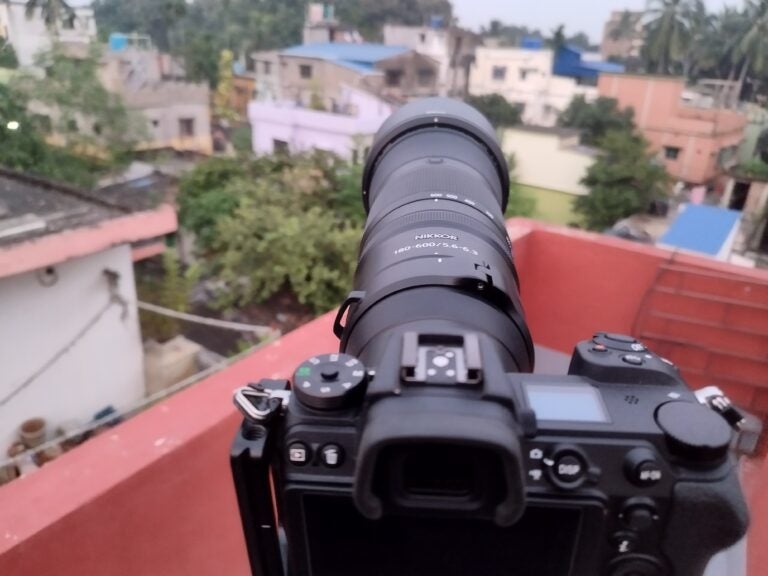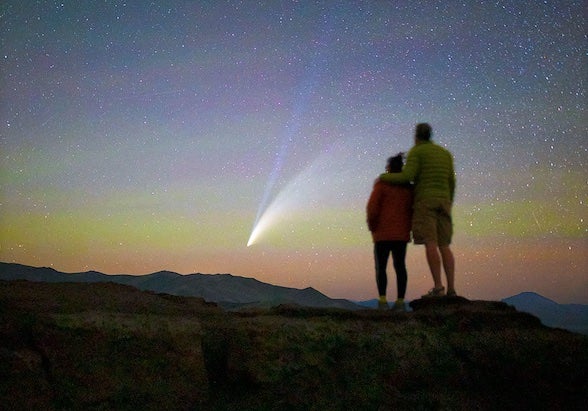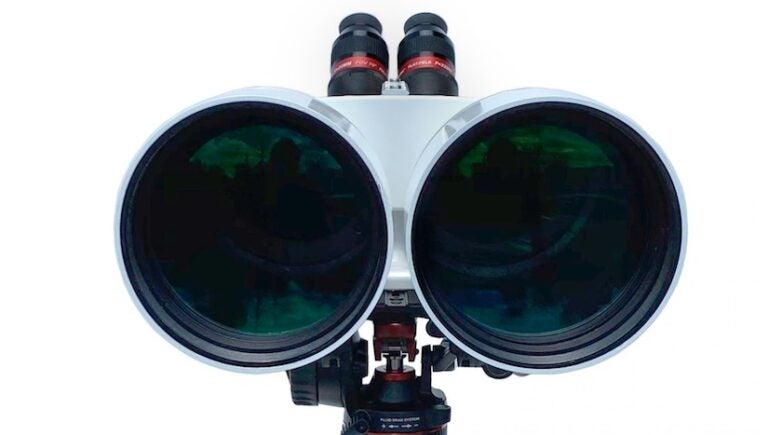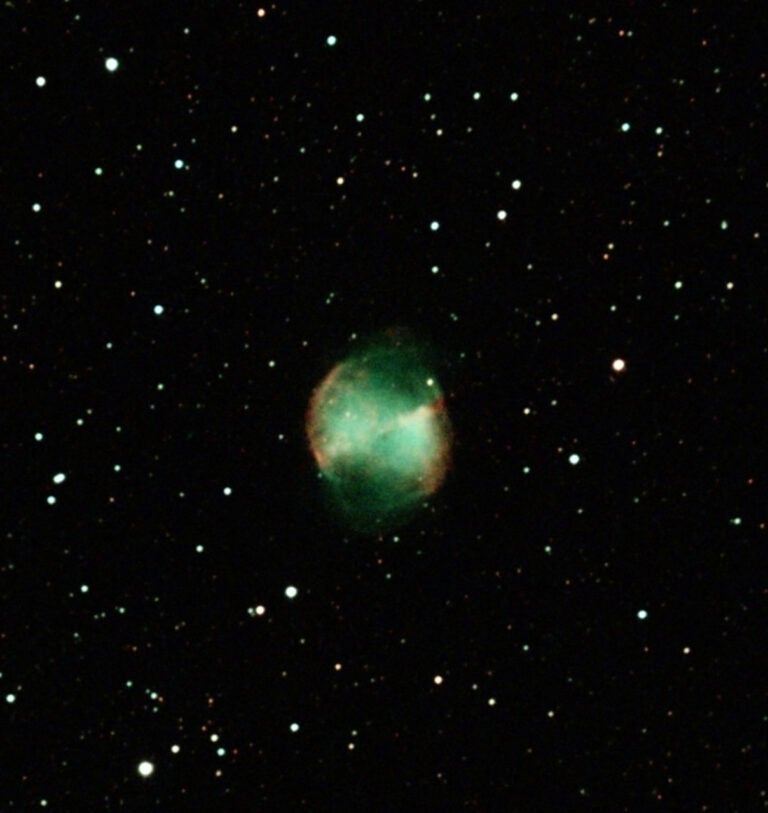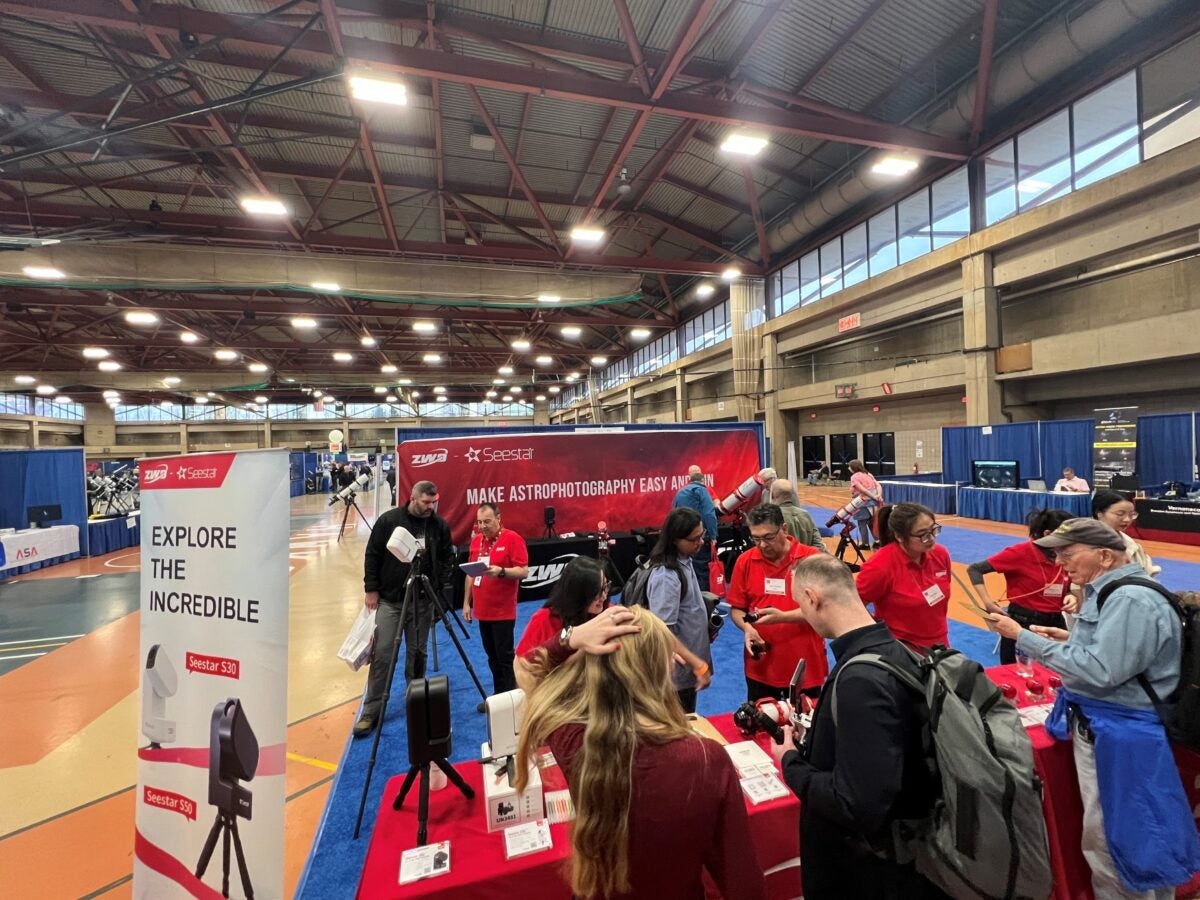
The annual Northeast Astronomy Forum (NEAF) was held over the weekend of April 5 and 6 at Rockland Community College in Suffern, New York. Organized by the Rockland Astronomy Club, NEAF is one of the world’s premier annual astronomy expos. It brings together amateur astronomers, professionals, and industry leaders for a weekend of discovery and innovation. NEAF features an extensive exhibit hall with the latest telescopes, astrophotography gear, and space science technology. There are also lectures from top astronomers and astronauts, solar observing (weather permitting, which this weekend did not), and STEM activities for all ages.
Of all the amazing products on display, these four new items really caught my eye.
The Tele Vue Nagler Type 7 eyepiece series builds upon the design principles of the limited-edition Apollo 11 eyepiece, offering an 82° apparent field of view and 19mm of eye relief to accommodate eyeglass wearers.
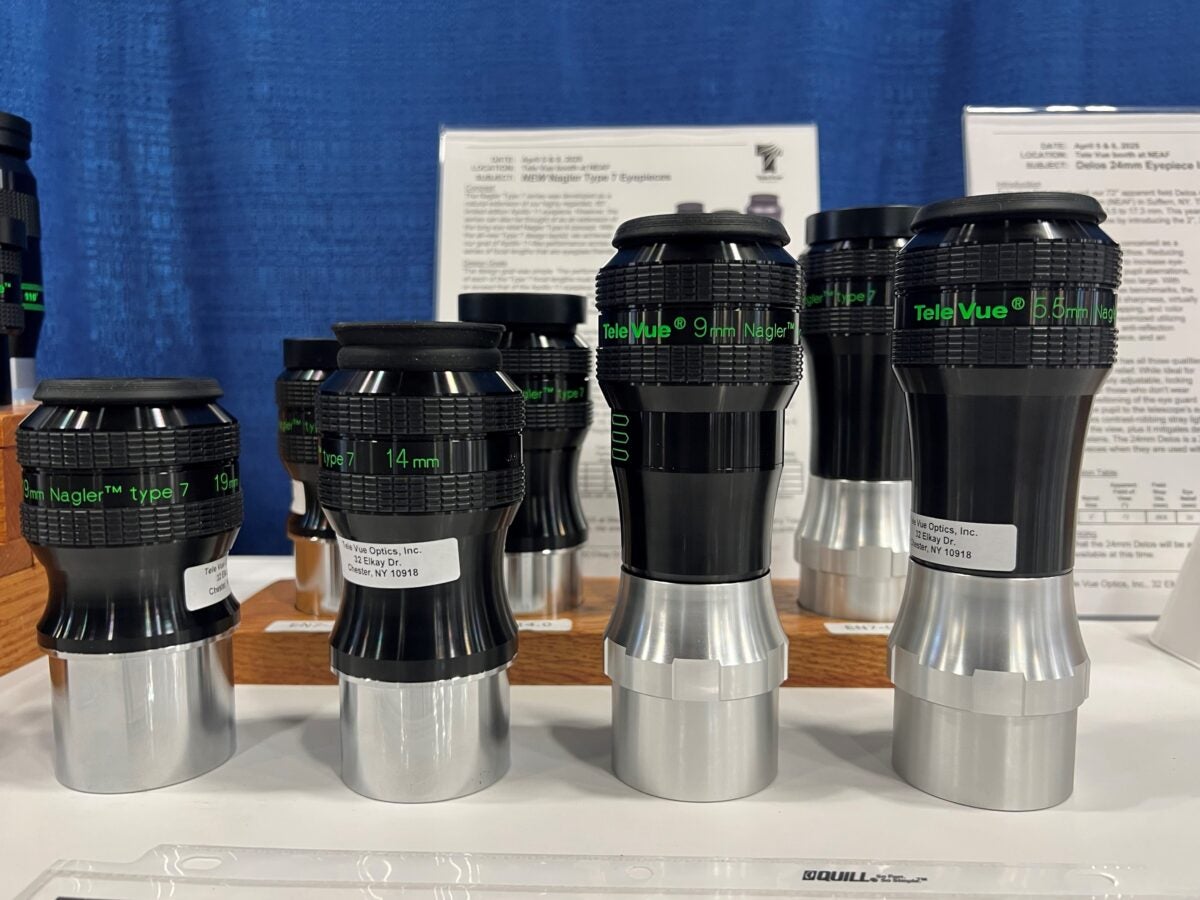
The series includes four focal lengths: 5.5mm, 9mm, 14mm, and 19mm. The 5.5mm and 9mm models feature dual 2″ and 1¼” barrels, while the 14 mm and 19 mm models have 2″ barrels. All models maintain parfocality across the series.
Advanced optical coatings and precision baffling enhance contrast and deliver natural star colors with pinpoint sharpness.
The 5.5 mm and 9 mm models are compatible with bino viewers and are DIOPTRX and FoneMate compatible. The 14 mm and 19 mm models are not recommended for bino viewers but maintain compatibility with DIOPTRX and FoneMate accessories.
Tele Vue anticipates availability through dealers in early summer 2025, with pricing details forthcoming.
The ZWO Seestar S30 Pro is a compact, user-friendly smart telescope designed for both beginners and seasoned astrophotographers. Building on the Seestar S30, the Pro adds a dual-lens system for enhanced versatility. The main 30mm f/5 apochromatic ED quadruplet objective combines with a Sony IMX585 STARVIS 2 sensor to deliver detailed, low-noise deep-sky images. A secondary wide-angle lens with a Sony IMX586 captures expansive shots of the Milky Way.
Key upgrades include 256GB internal storage, enhanced AI noise reduction, and dedicated Milky Way and star trail modes. It also features built-in dual-band filters and a magnetic solar filter. The telescope weighs 3.6 pounds (1.6 kilograms), runs for up to six hours on a rechargeable battery, and is controlled via a smartphone app (iOS/Android) using Wi-Fi, Bluetooth, or NFC. A tripod, a carrying case, and USB-C cable are included. Pre-orders are expected in May or June 2025. Pricing is pending.
Coming all the way from Australia, Starpoint Australis Observatories drew a lot of attention with their new lineup of portable observatories. Both can be set up in either a square or round configuration.
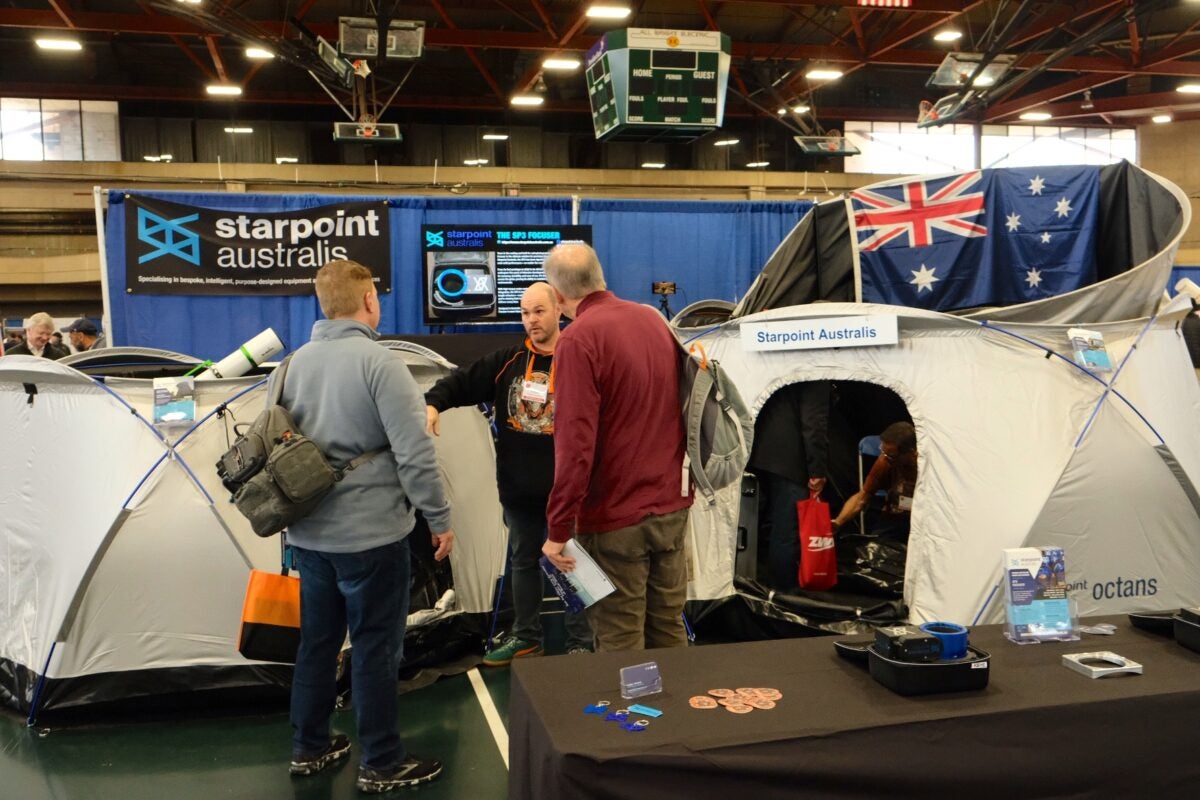
The Phoenix Astro Observatory offers a compact yet capable haven for stargazers. Its footprint spans roughly 8.6 x 8.6 feet (2.6 x 2.6 m) or a diameter of 9.3 feet (2.8 m). Weighing 40 pounds (18 kg) and packing down to 3.6 x 0.8 x 0.8 feet (109 x 24 x 24 cm), it boasts a wall height of 4.9 feet (1.5 m) and a generous 6.6-foot (202 cm) top opening. Its optional, adjustable windshield reaches up to 4.9 feet (1.5 m).
For those requiring more space, the Octans Astro Observatory provides a larger domain. Its footprint extends to approximately 11.5 x 11.5 feet (3.5 x 3.5 m) or a diameter of 12.5 feet (3.8 m). The observatory alone weighs about 68 pounds (31 kg) The wall height stands at 5.2 feet (1.6 m), and the top opening measures a roomy 8.8 feet (268 cm). Both models, crafted with durable 420D Polyester PU-coated material, offer a dark, protected environment for celestial pursuits.
Finally, I’m a sucker for “travel scopes,” telescopes that collapse neatly for easy air travel. That’s why the Astro Labs-USA 12.5″ f/4 Travel Dobsonian caught my eye. This scope is engineered for portability without sacrificing aperture. Its primary mirror has a focal length of 50 inches (1270 mm), offering a balance of light-gathering power and a manageable tube length for transport. The lightweight yet rigid truss tube design, constructed from aluminum, disassembles into compact components for ease of travel.
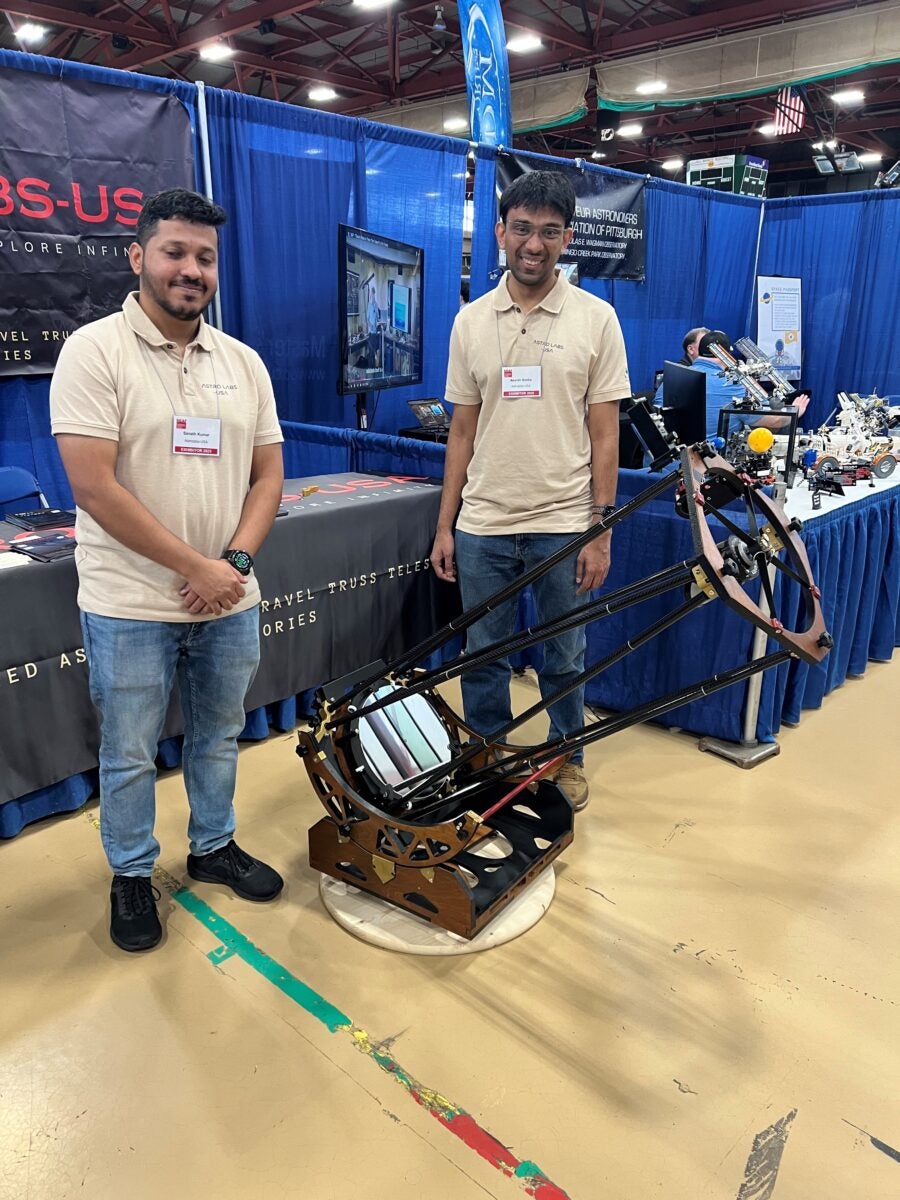
The Dobsonian mount features smooth Teflon bearings for both altitude and azimuth motions, ensuring precise tracking. The included 2″ focuser allows for fine adjustments to achieve sharp focus. The entire telescope, when disassembled, fits into manageable carrying cases, making it ideal for amateur astronomers venturing to dark-sky sites. Its design prioritizes ease of setup and breakdown, typically achievable within minutes, allowing for more time observing under the stars.

